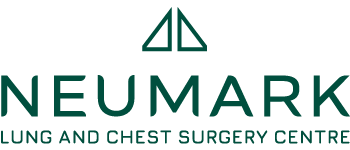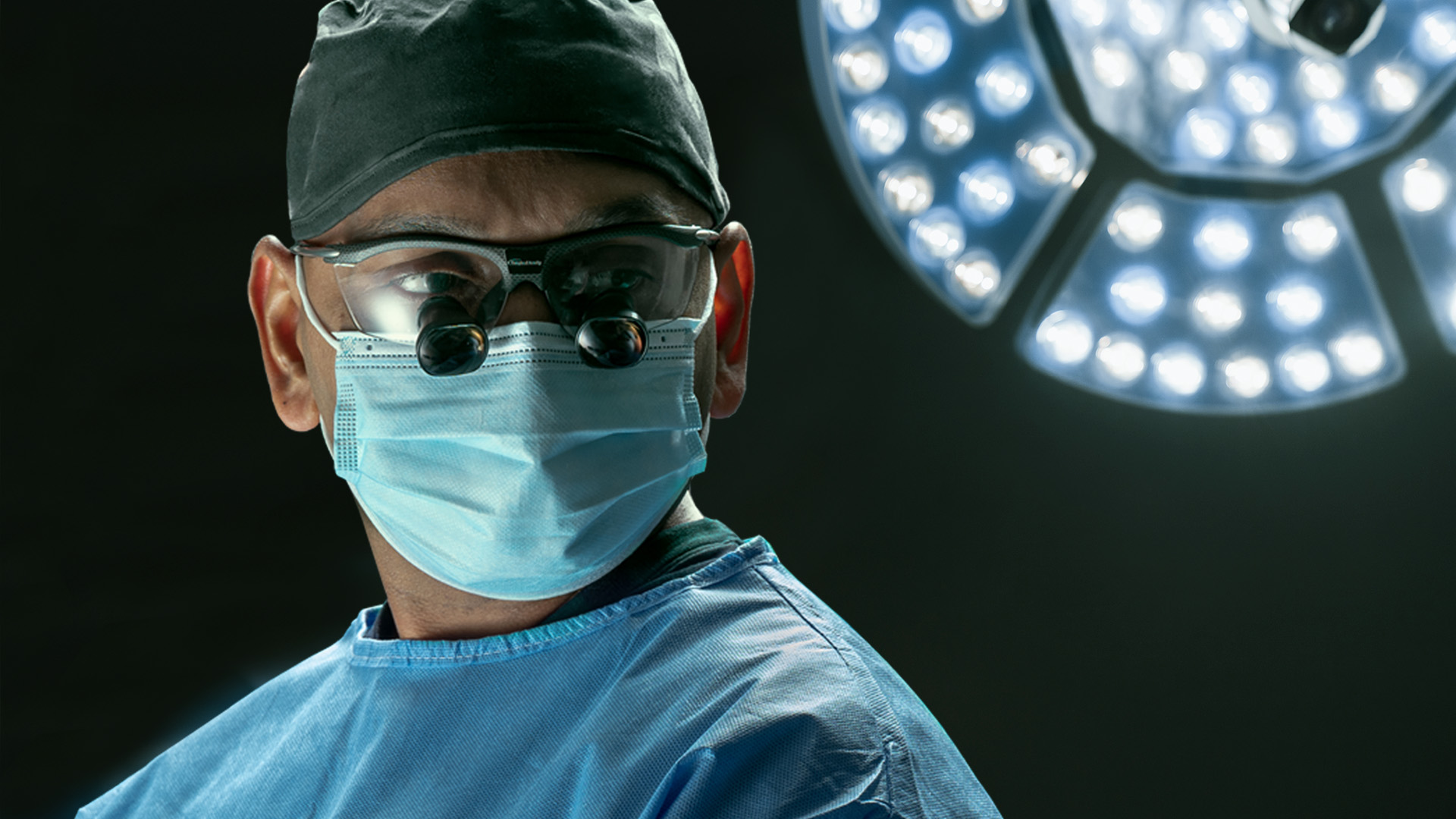Several circumstances might lead your doctor to suggest lung or mediastinal surgery. They can range from benign (noncancerous) to cancer conditions. If your doctor has determined you have lung cancer or mediastinal surgery, know you’re not alone as, lung cancer, it’s the third most common cancer among men and women who live in Singapore.
Investigating the benefits of the da Vinci robotic surgical technology
When I started my career, I began investigating the pros and cons of da Vinci robotic surgery and other technological advancements in lung and mediastinal disease treatment.
The idea of bringing another surgical procedure, like da Vinci robotic surgery system, into my practice to help improve patient outcomes for deadly conditions like lung cancer or mediastinal tumours was an exciting prospect compared with open surgery. Although robotics doesn’t directly treat cancer, it is a remarkable tool when performing the most precise incisions as you’re right against some of the body’s most important structures. Having control over even the slightest movements can make the biggest difference.
In the past, we had no choice but to do open surgeries. It was big incisions; patients would take a month to recover. Then we were able to go to minimally invasive laparoscopic surgery, which was small incisions, but there were still some real limitations. With that, you had 2D visualisations (not 3D views), and little wrist movement using the instruments.
Robotic-assisted lung surgery, facilitated by the remarkable da Vinci surgical system, offers a groundbreaking approach. Using the da Vinci robotic system as a surgeon, one feels like you have control over all of the technology around you. You’ve got your hands controlling one thing, your eyes and your feet yet another, applying that technology to help save lives.
For aspiring surgeons, I always share that you want to be able to have practised the surgery with the da Vinci system both in your mind and kinesthetically over and over again so that it becomes automatic muscle memory when you’re in the operating room performing surgery on a human.
Robotic surgery benefits a surgeon in different aspects
The first of them is avoiding surgical trauma. The second advantage is the magnification of the operative field view. This is a 3D-magnified image that we obtain through the robot console. Third, an important aspect that benefits a surgeon is the better ergonomic surgeon sitting in the console and doing his procedure comfortably.
For us, it’s intuitive to think and ‘feel’ with our fingers. Initially, I was worried that the da Vinci system would detract from my capabilities because the mental processes and actual physical steps are different from laparoscopic or open surgery. Instead, as I continued to practise using the da Vinci system, it began to be quite clear that the robotic arms allowed me as a surgeon to see more, to be more precise, extending the reach beyond my physical fingers.
With the da Vinci robotic system, our eyes are so far superior that you can program your brain to understand how things feel. This innovative system allows surgeons to operate through a few small incisions comparable to a fingertip. Positioned at a console within the operating room, a surgeon gains remarkable control, essential for the intricacies of the surgery. For surgeons, continuous learning and improvement are integral to our ability to enhance patient care. Surgeons need to be committed to using advanced technologies.
You have to be willing to practise and practise until muscle memory becomes second nature. Remaining open and being receptive to the guidance of others with diverse expertise nurtures growth. It is sometimes hard for surgeons but being willing to listen to somebody else and doing it differently helps to further our ability to help others.
The da Vinci system takes surgical precision to new heights by translating every movement of the surgeon in real time. Its incredible instruments replicate the human hand movement but with an expanded range of motion that allows for even more precise manoeuvres. With these remarkable capabilities, surgeons can perform procedures with unparalleled precision and finesse, bringing hope and improved outcomes to patients.
Understanding the most suitable surgical approach for you
Understanding the multitude of care choices is essential. With your doctor, explore options to determine the most suitable approach for you, which may include the da Vinci robotic system for lung surgery and mediastinal surgery. Surgeons do the best procedure for the patient from a medical point of view.
The advantages of the robotic approach are a decrease in blood loss and decreased time in wound healing because the incisions are very small but the approach has to fit the body habitat of the patient. Only some patients are candidates and must be chosen carefully through a multidisciplinary approach.
The leap forward through this technology has completely transformed patient care. Safety is improved. The quality of the operations is better than ever before. Ultimately our patients benefit. They leave the hospital and return to their lives with their families and communities much more rapidly than was ever possible before robotics came into being.
Dr Harish Mithiran
Managing Thoracic Surgeon of Neumark Lung and Chest Surgery Centre
Senior Consultant Thoracic Surgeon at Gleneagles Hospital, Singapore
At Neumark Surgery, we will continue to push the boundaries of medicine. Adjunctive robotic technology is a key cornerstone of that strategy, and we will continue bringing these advances to our patients. Complex, minimally invasive surgeries for chest and lung conditions are extremely common using surgical robots; the da Vinci system allows us to treat patients with a broad spectrum of diseases, including lung cancer, benign lung nodules, empyema thoracis and chest wall tumours. Patients should check with their insurance provider to determine coverage and associated costs of da Vinci robotic surgery in Singapore. Or, contact our clinic to make an appointment to discuss your treatment options with our thoracic surgeon today.

